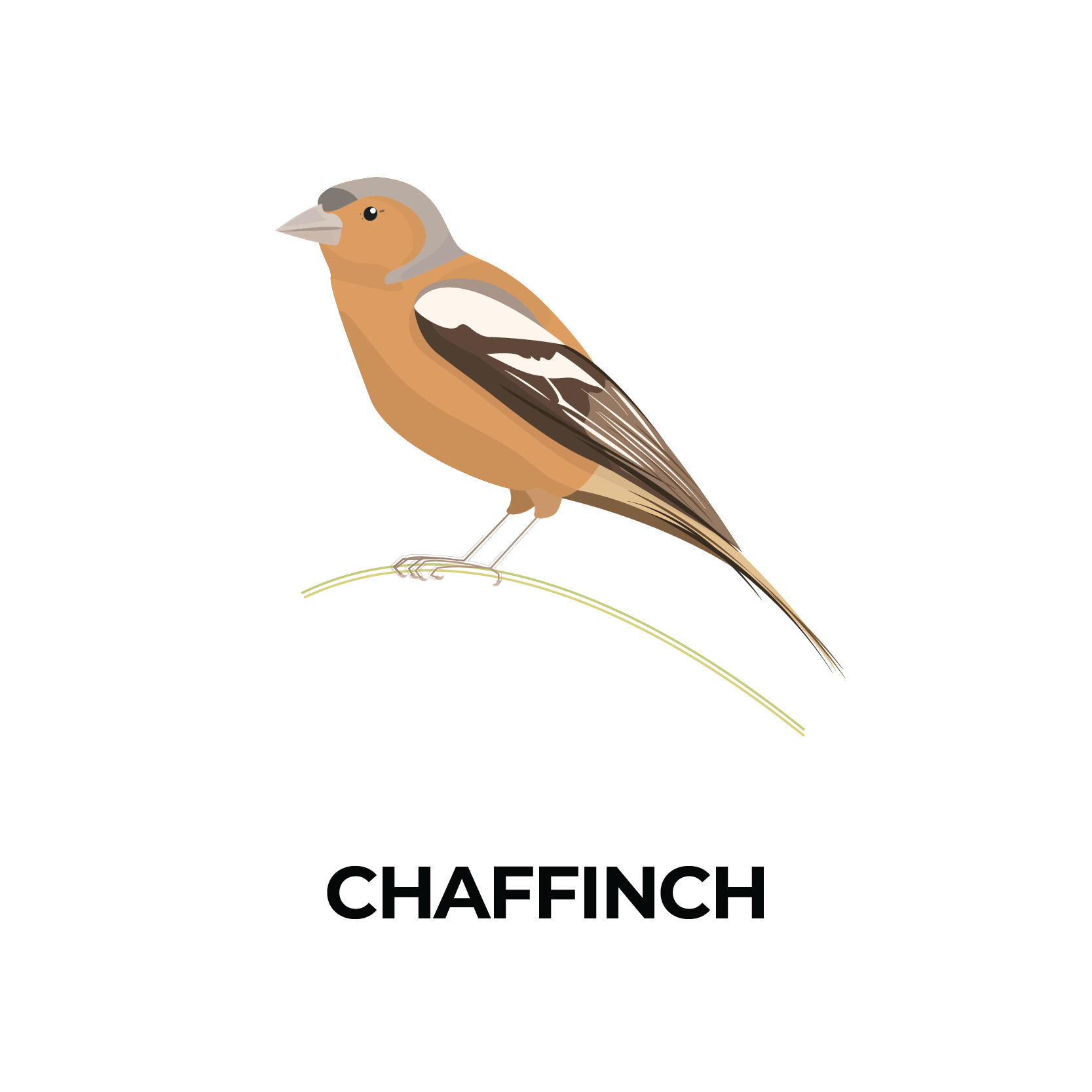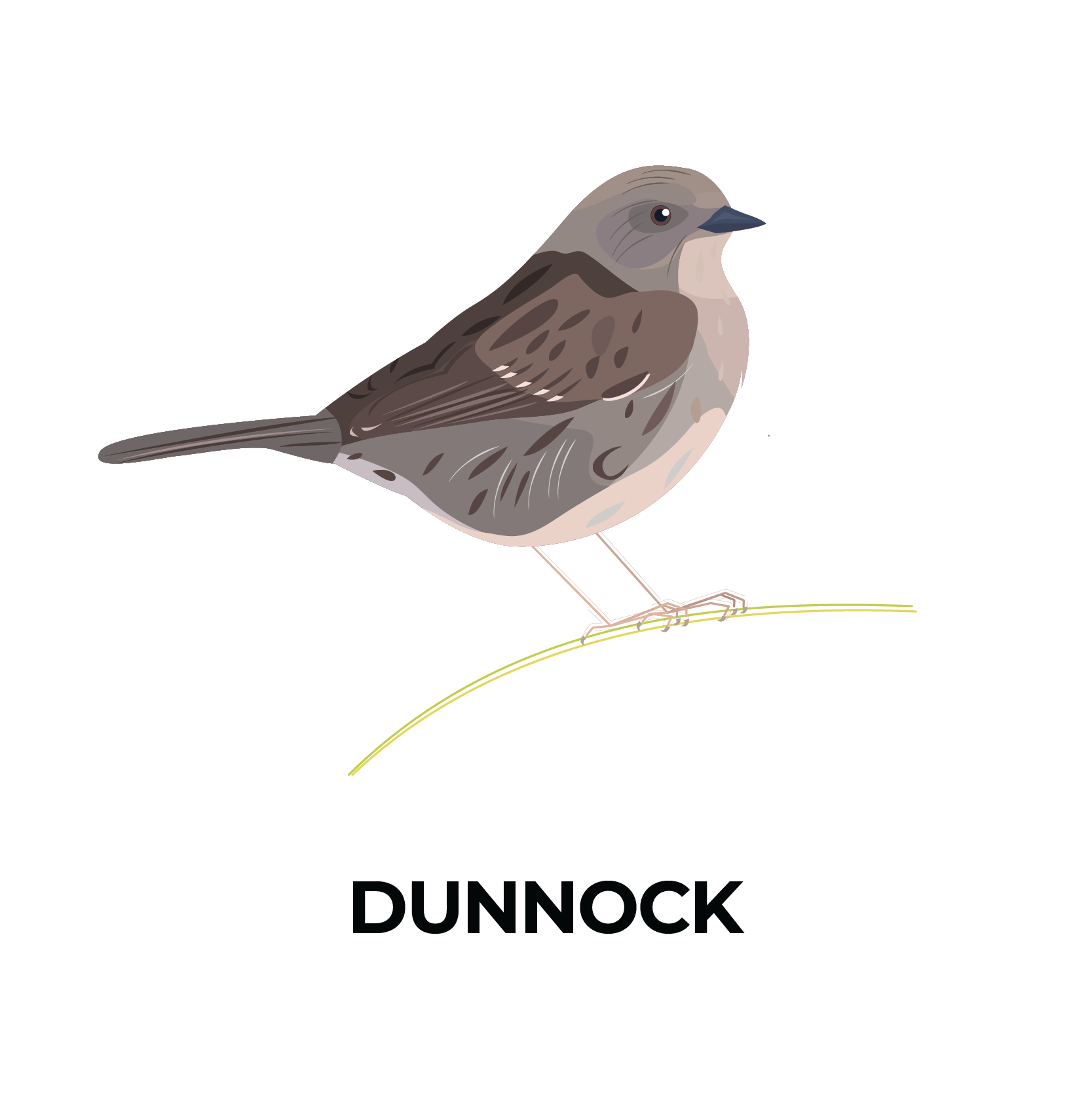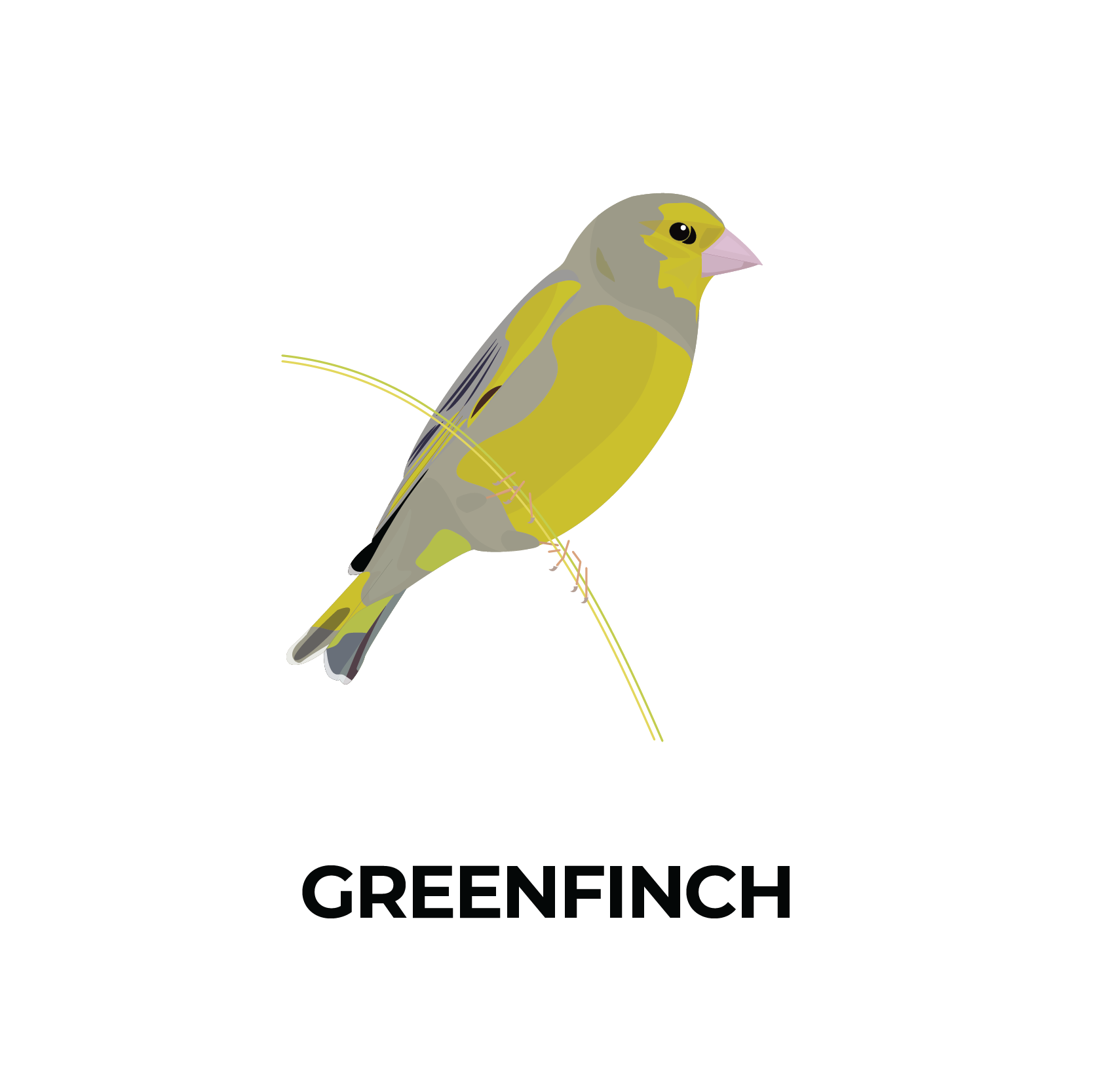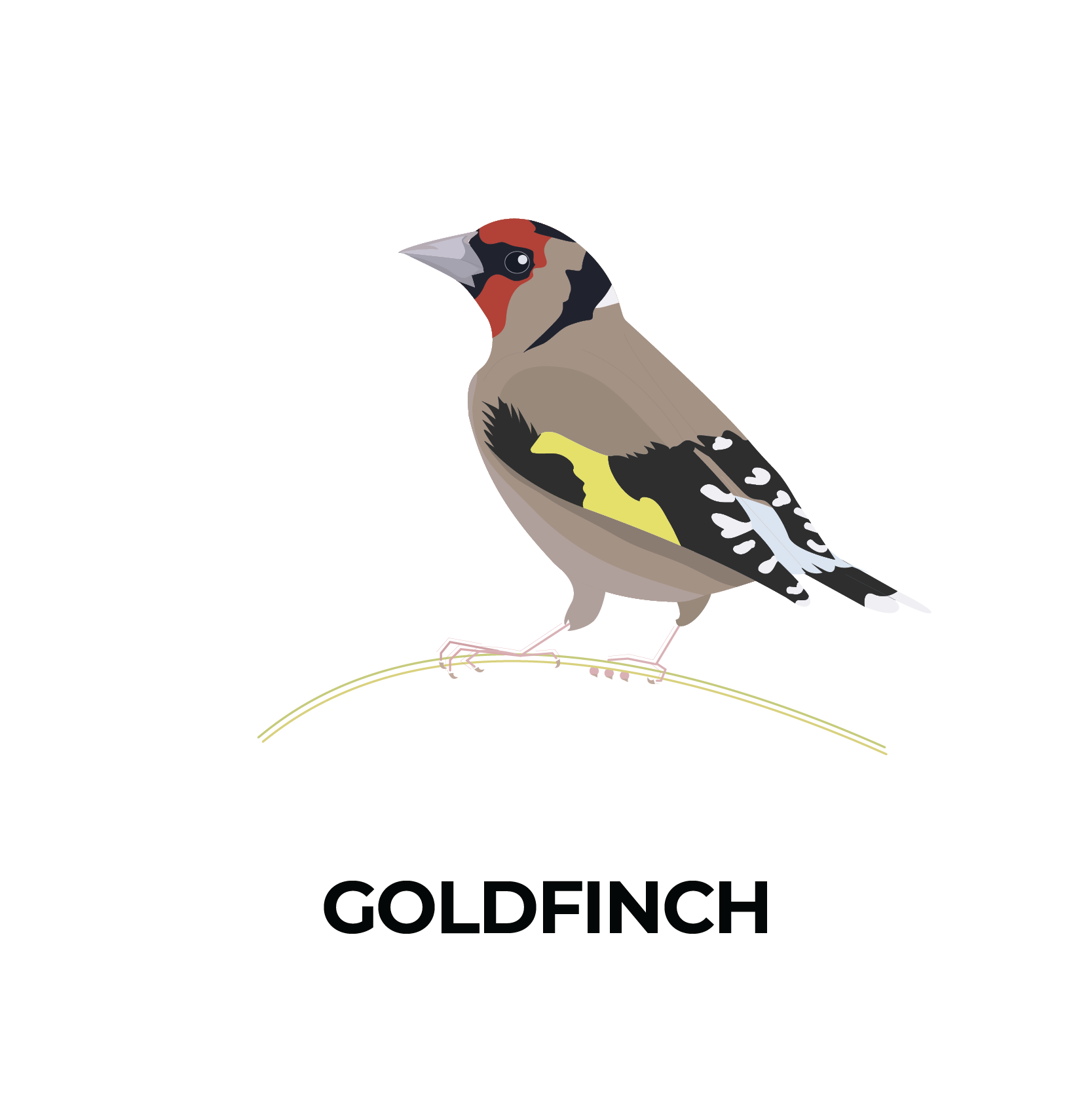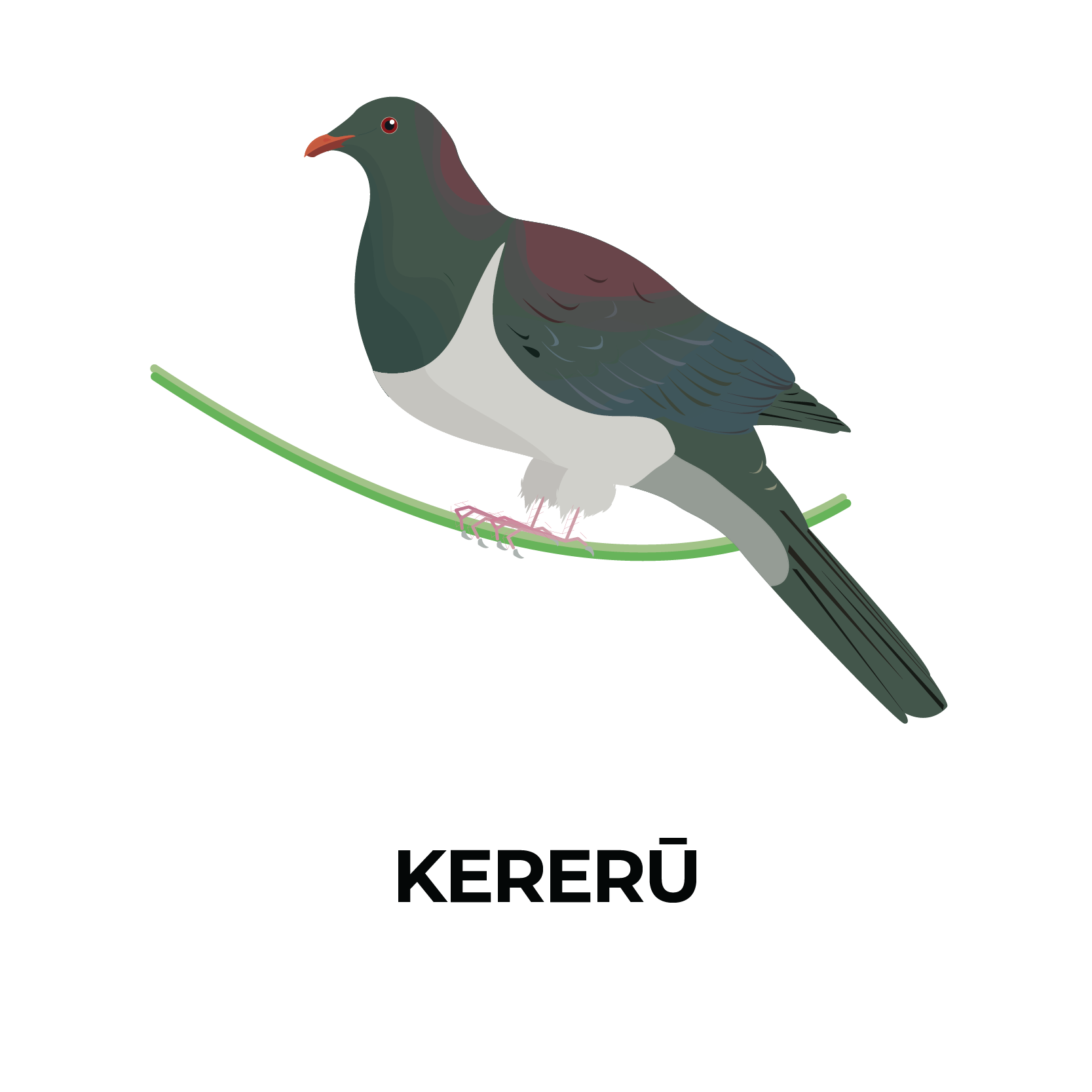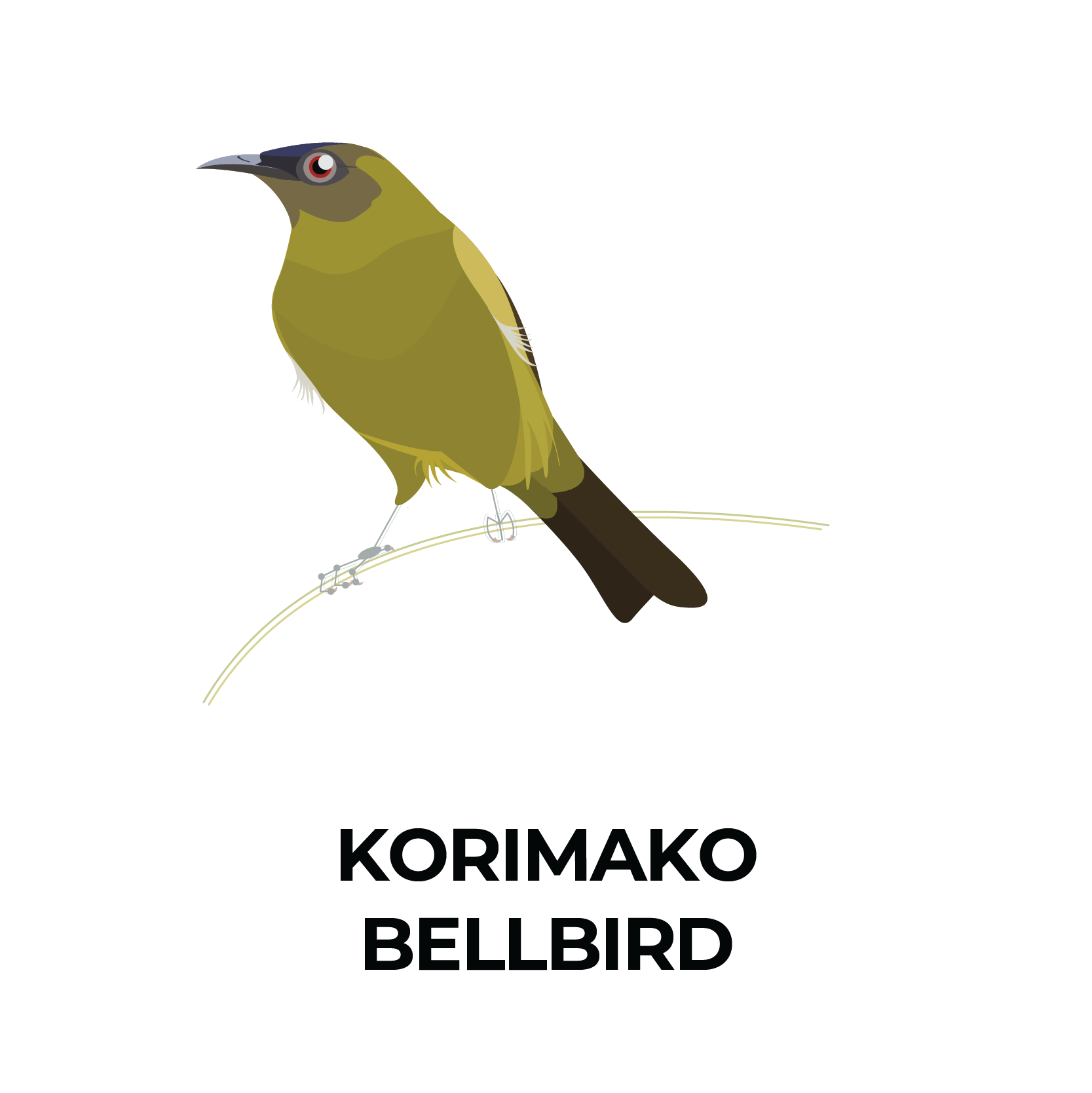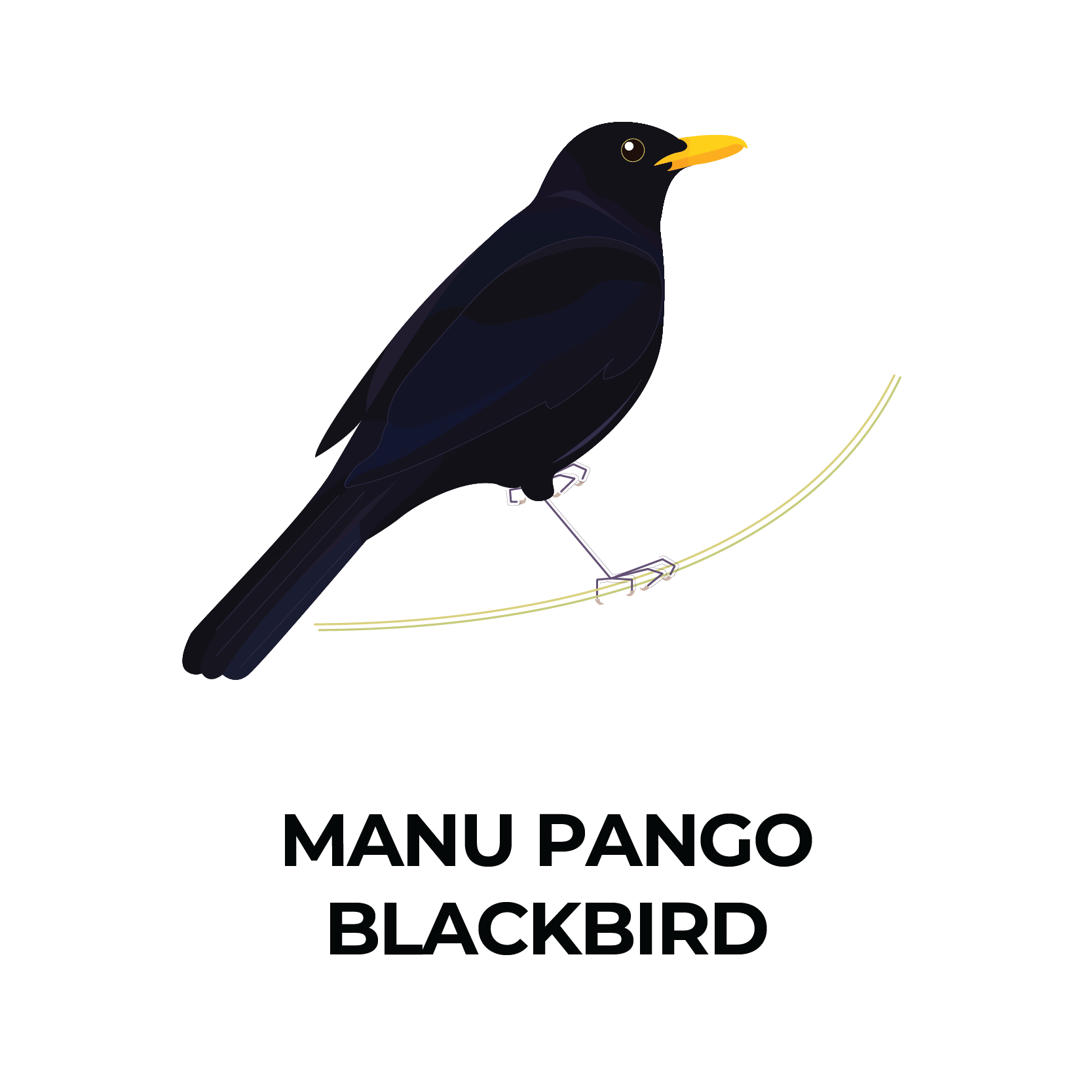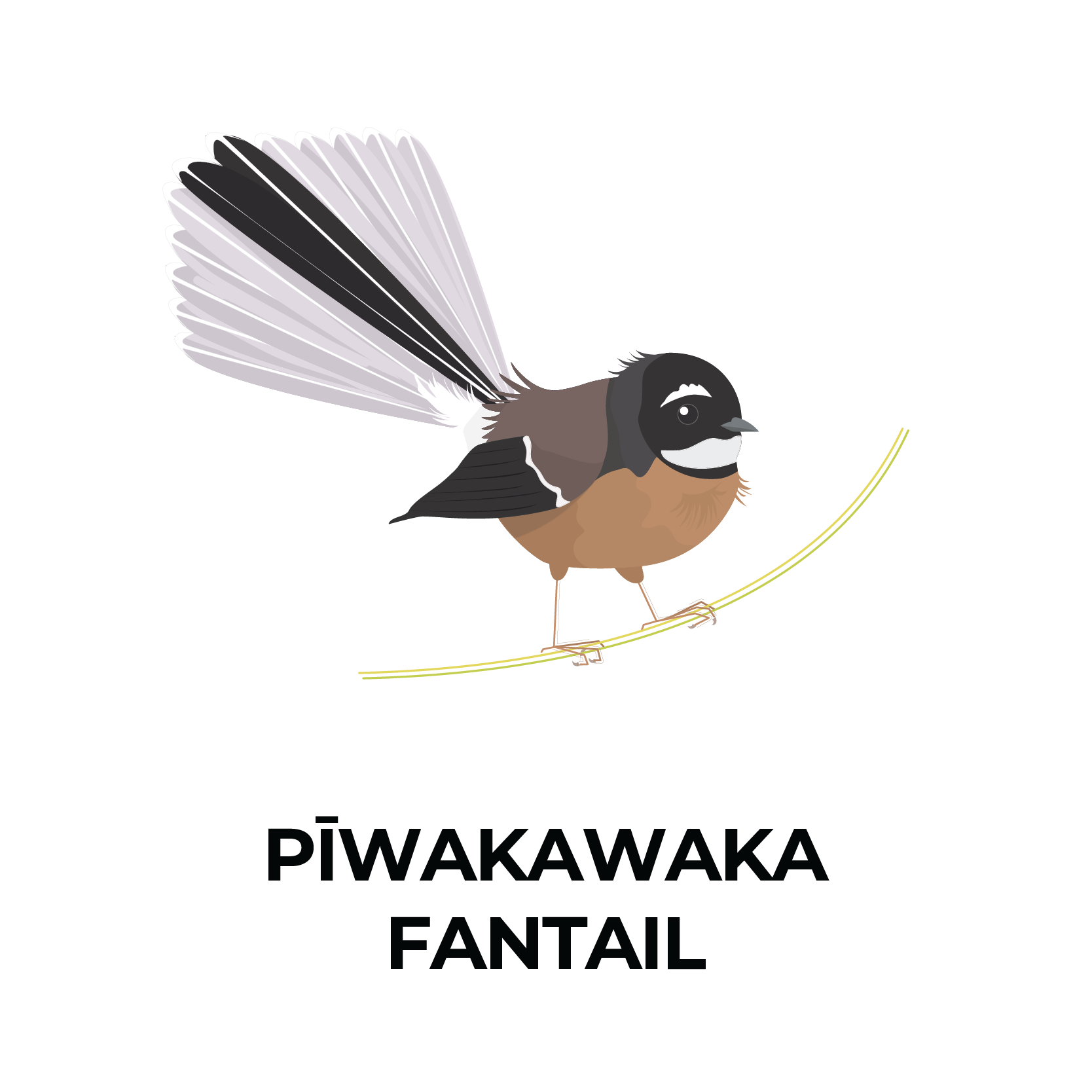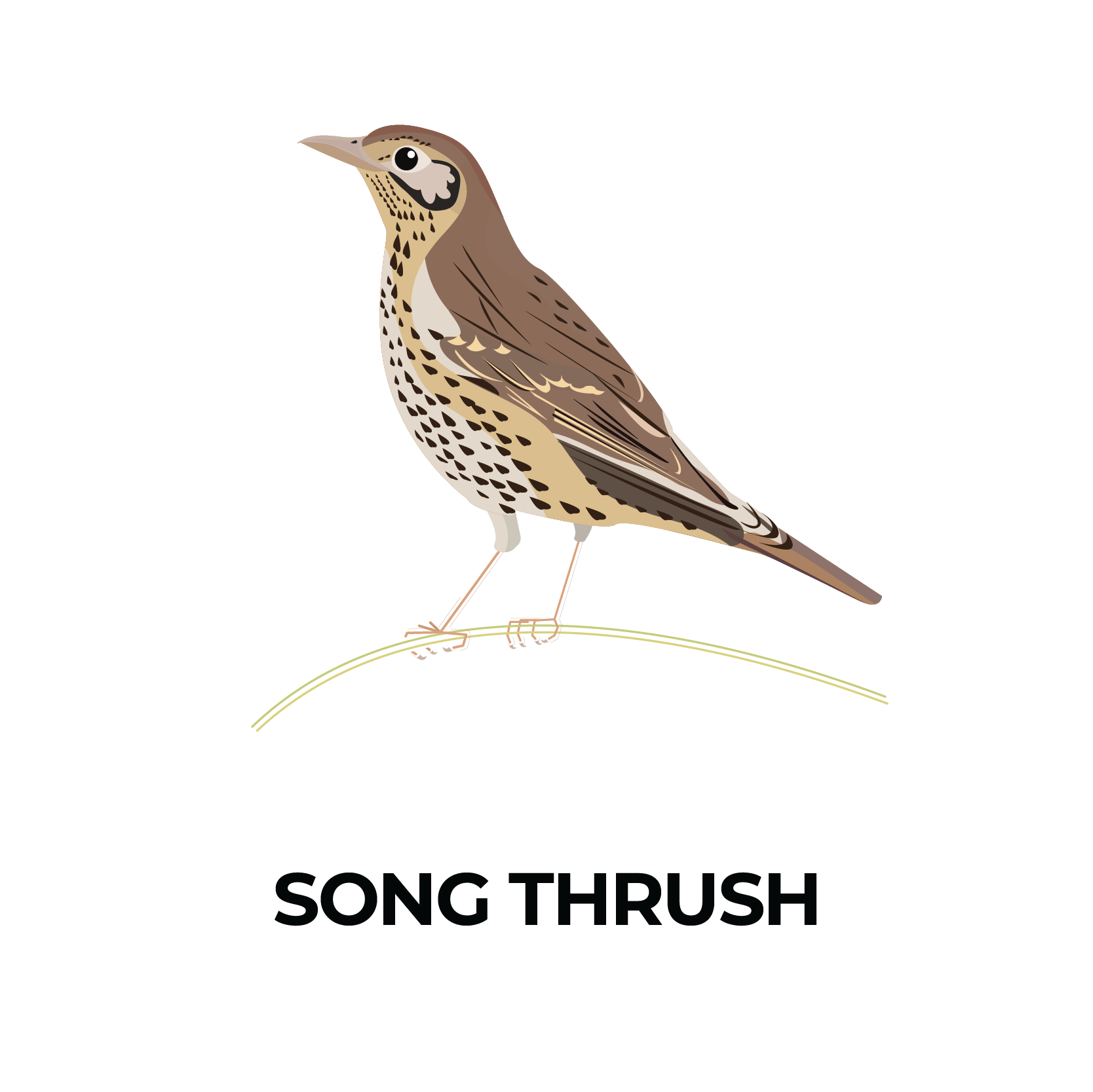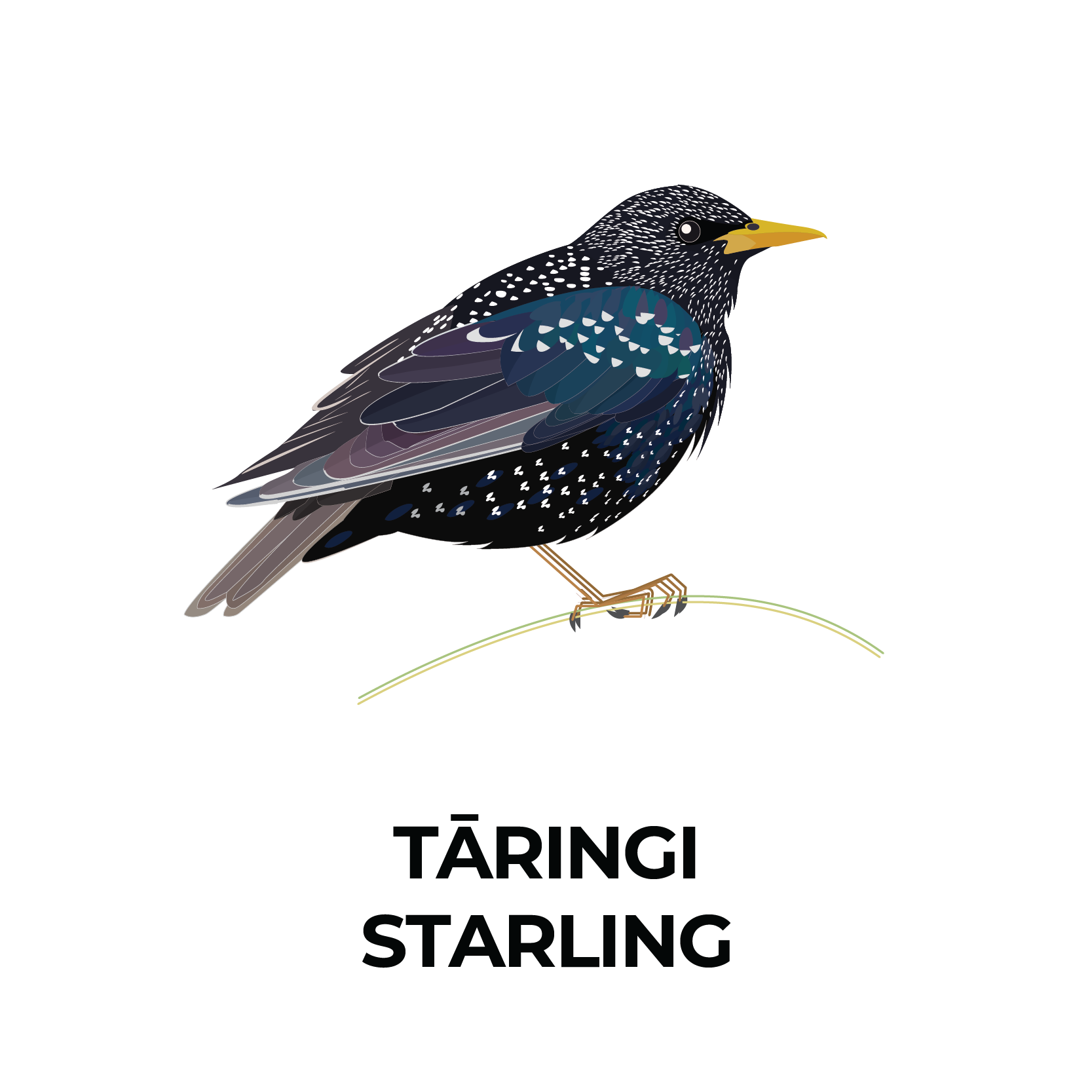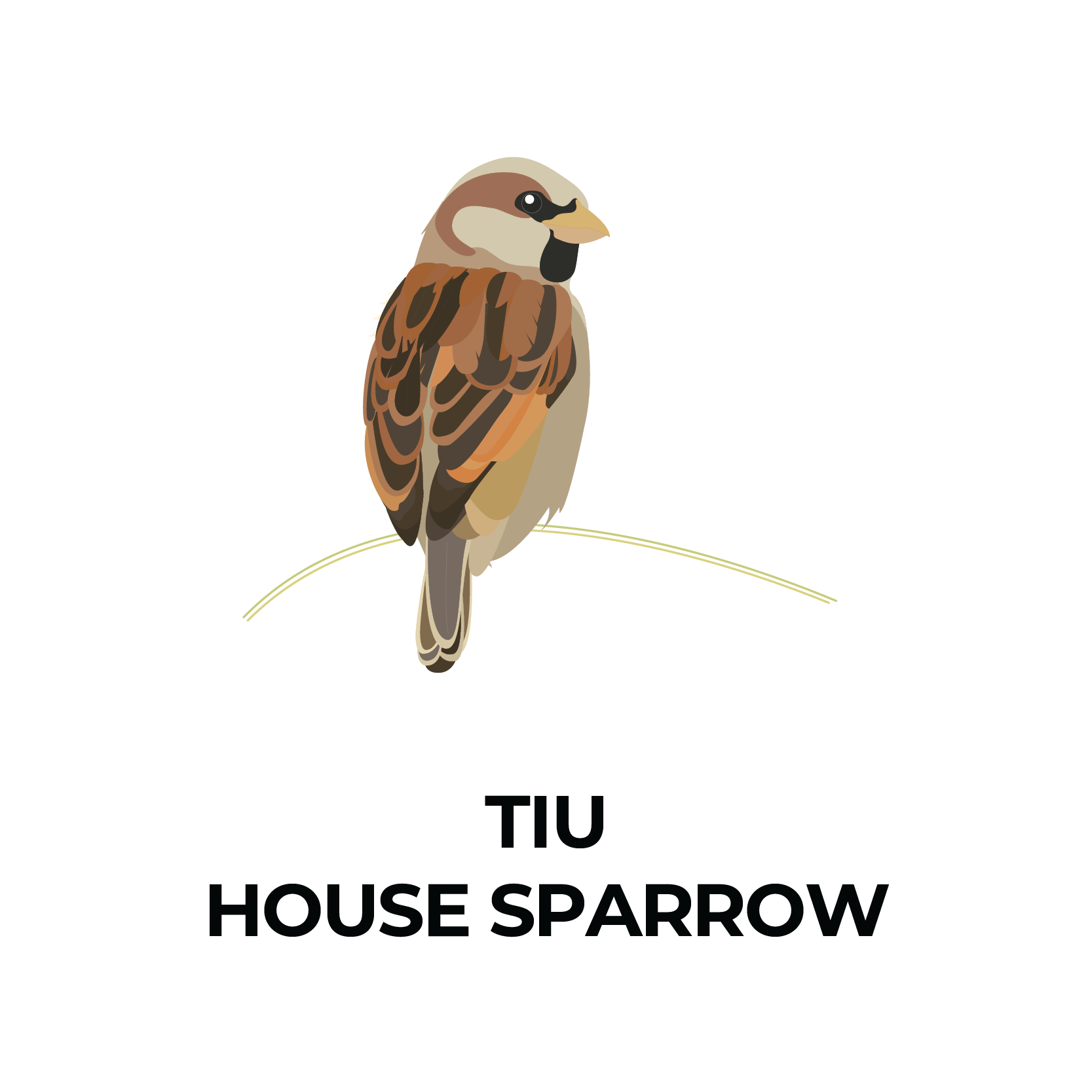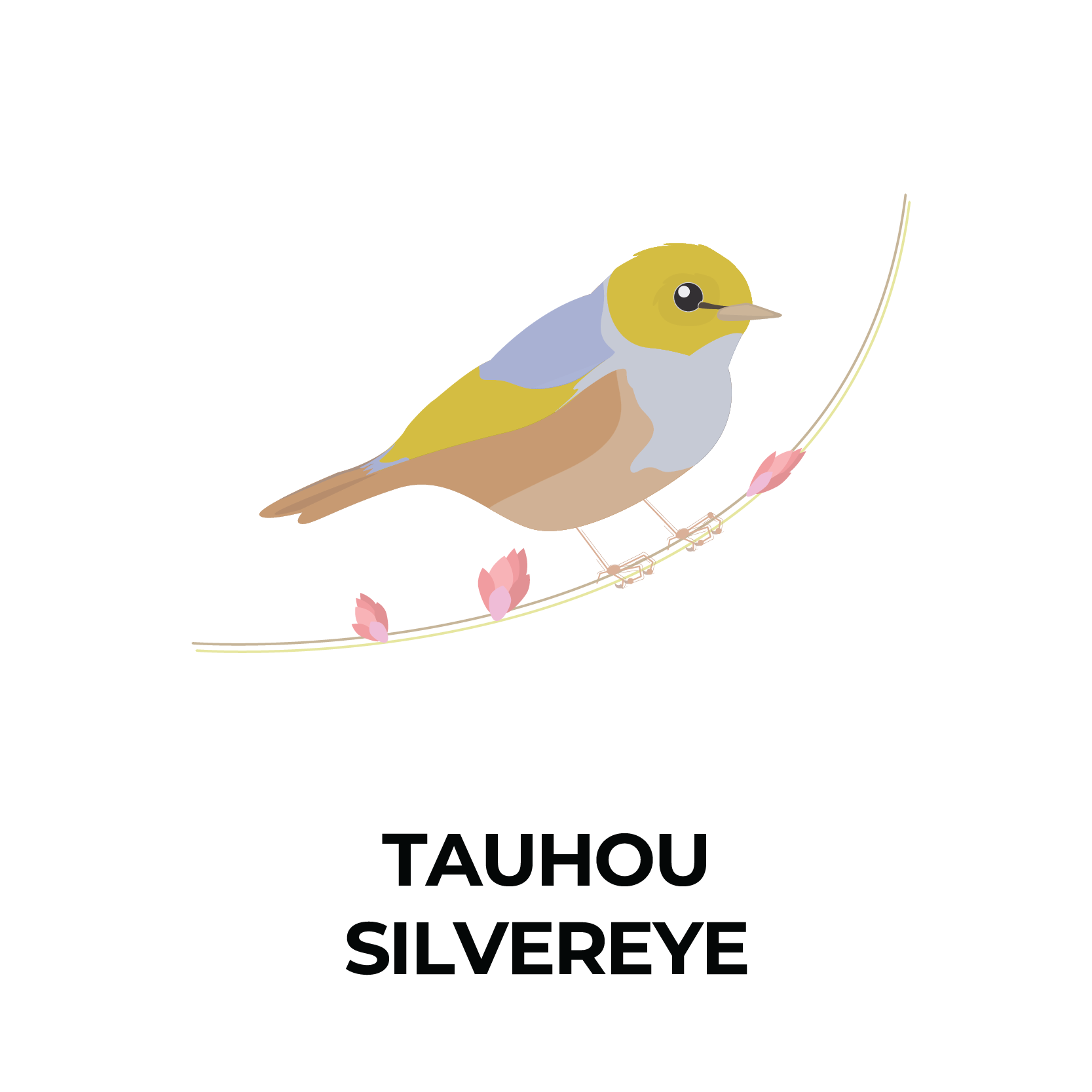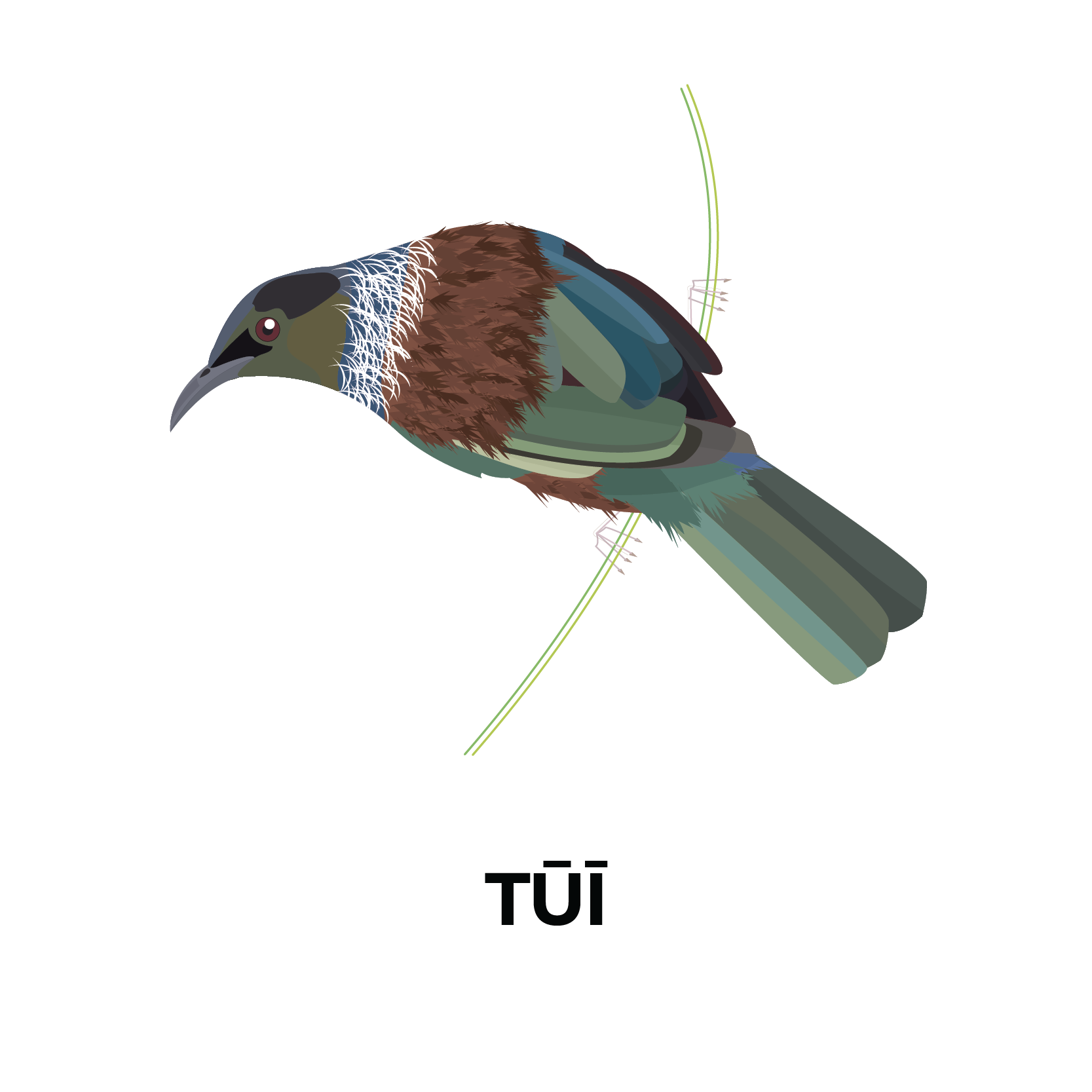Assessing Dunedin’s Garden Birds with Citizen Science
Catriona MacLeod, Peter Green, Simon Howard, Andrew Gormley, Angela Brandt, Eric Spurr.
The New Zealand Garden Bird Survey brings citizen scientists and scientists together every winter to monitor birds in gardens, parks and schools across the country.
To build a picture of how native and introduced birds are doing, citizen scientists count the number of birds seen and heard over a 1-hour period. Clever analytical techniques then distil this substantial information base into simple but powerful metrics. By telling us which species are declining or increasing, these metrics can guide conservation efforts from national to local scales. This means community-led initiatives, like Predator Free Dunedin, can see if they are on track to meet their own conservation area’s management goals.
In a new paper by Manaaki Whenua – Landcare Research, Predator Free Dunedin was used as a case study for how citizen science data can be used at a local scale. The study included 54 neighbourhoods across Predator Free Dunedin’s three operational areas and data from 2007 to 2017. Researchers calculated how counts for 13 bird species had changed over this 10-year period. An alert system was then used to identify changes of interest or concern. The ‘signal strength’ tells us how confident we can be about the alert raised.
Since Predator Free Dunedin was launched in 2018, the results provide a strong baseline for assessing the impact of our efforts and setting more specific management goals. For example, can we reverse the observed rapid decline in silvereyes seen in the maps below while accelerating the rate of increase in tūī in the next five years?
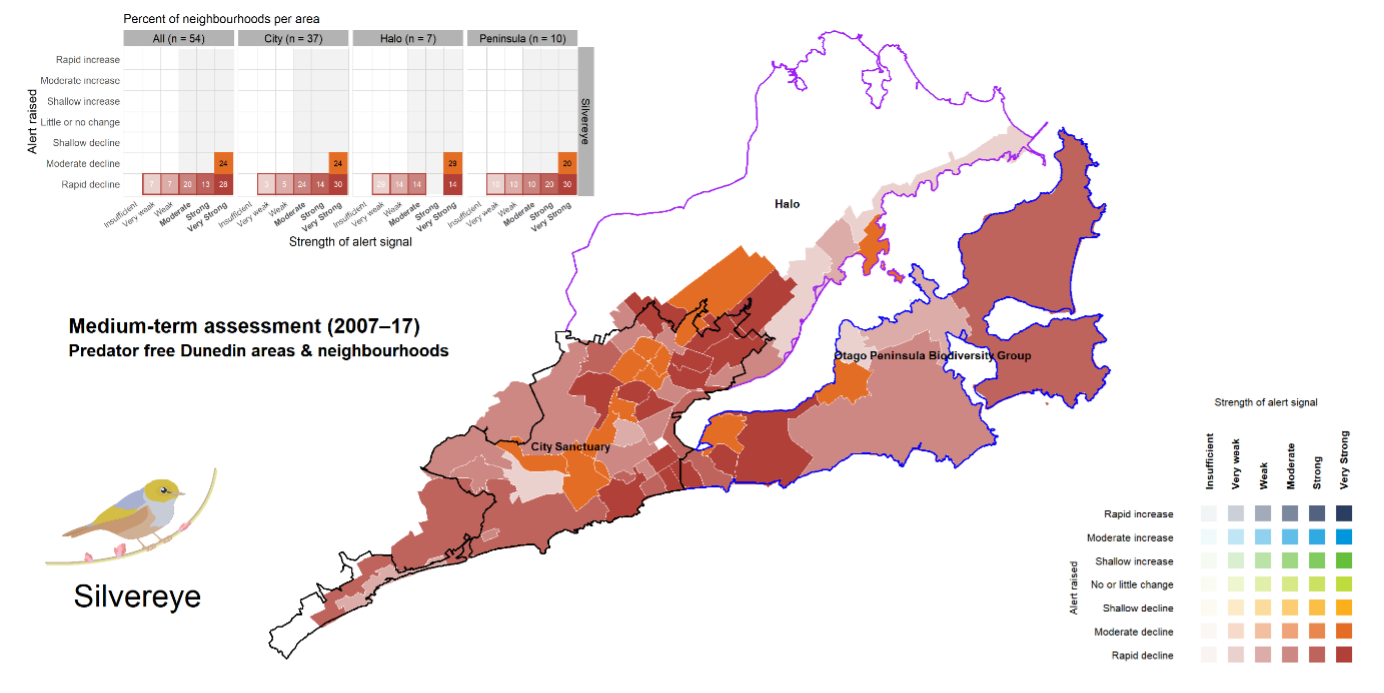
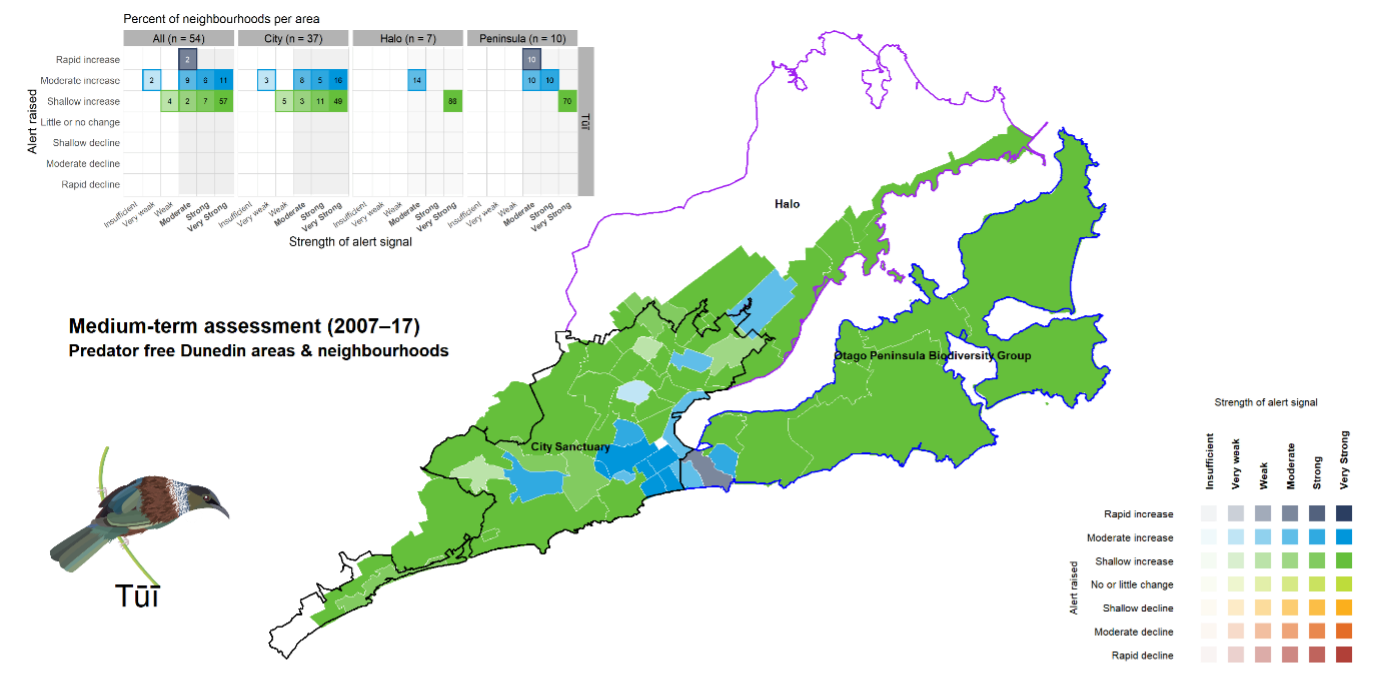
Resources
Check out our interactive dashboard or click a garden bird species below to see how other garden species are faring across Predator Free Dunedin.
Publications
Assessing the state of New Zealand's garden birds from national to local scales (British Ecological Society, 2021).

